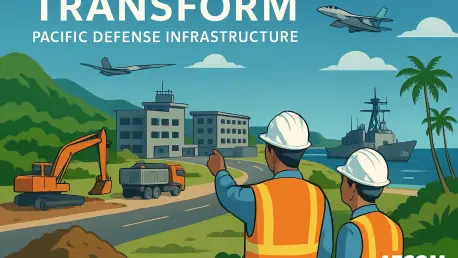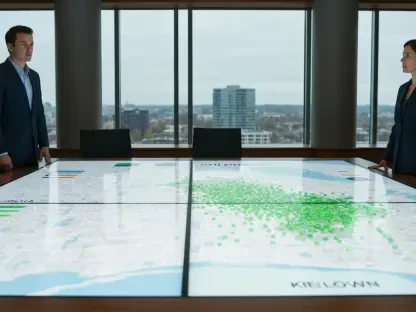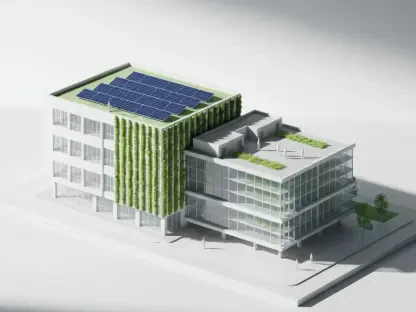A tidal wave of transformation is on the horizon as AECOM, a global infrastructure company, secures contracts exceeding $400 million. This significant investment by the U.S. Army Corps of Engineers Honolulu District promises to revolutionize defense infrastructure across the Pacific region. What does such an influx of resources indicate for the preparedness and operational efficiency of military forces stationed in this geographically critical area?
The Importance of Modernization in a Changing World
In today’s volatile geopolitical climate, updating Pacific defense infrastructure is not just pertinent; it’s essential. Given the region’s strategic importance, reinforced facilities serve as both a deterrent and a reassurance of stability. Historically, infrastructure in the Pacific has suffered from neglect, but these new investments could pivot the region toward readiness to meet emerging threats and align with global defense strategies.
Innovating Through Architectural Ingenuity
AECOM plans to implement cutting-edge architectural solutions, focusing on environmental sustainability suited specifically for Pacific conditions. The firm’s previous projects, like the upgrade of Echo Pier and the Sand Island Wastewater plant, illustrate its expertise in addressing local challenges. Meanwhile, the ongoing development of the Command and Control Facility at Fort Shafter exemplifies their adeptness in providing state-of-the-art facilities that enhance strategic operations and military command capabilities.
Insights from the Field
AECOM executives express a clear vision for these projects, underscored by their long-standing partnership with the Honolulu District. The firm’s experience spans six decades and emphasizes continuous improvement of Pacific defense capabilities through the Pacific Deterrence Initiative. Defense experts suggest these projects could significantly bolster mission readiness, highlighting the importance of having reliable and advanced infrastructure in a region characterized by evolving threats.
Strategic and Community Implications
For stakeholders involved in defense infrastructure, these developments provide opportunities for leveraging enhanced strategic capabilities. Measuring the progress of these projects effectively will be key, as they are expected to serve dual purposes—enhancing both military preparedness and local economic conditions. Communities in the Pacific stand to benefit from job creation and infrastructural improvements, fostering economic growth and stability in the region.
In reflecting on these developments, AECOM’s work was already beginning to reshape the landscape of military readiness. The focus had been on not only achieving strategic military objectives but also uplifting local economies and embedding sustainability within their practices. Future efforts seemed poised to continue this trajectory, ensuring the Pacific region remained a cornerstone of global defense strategy.









